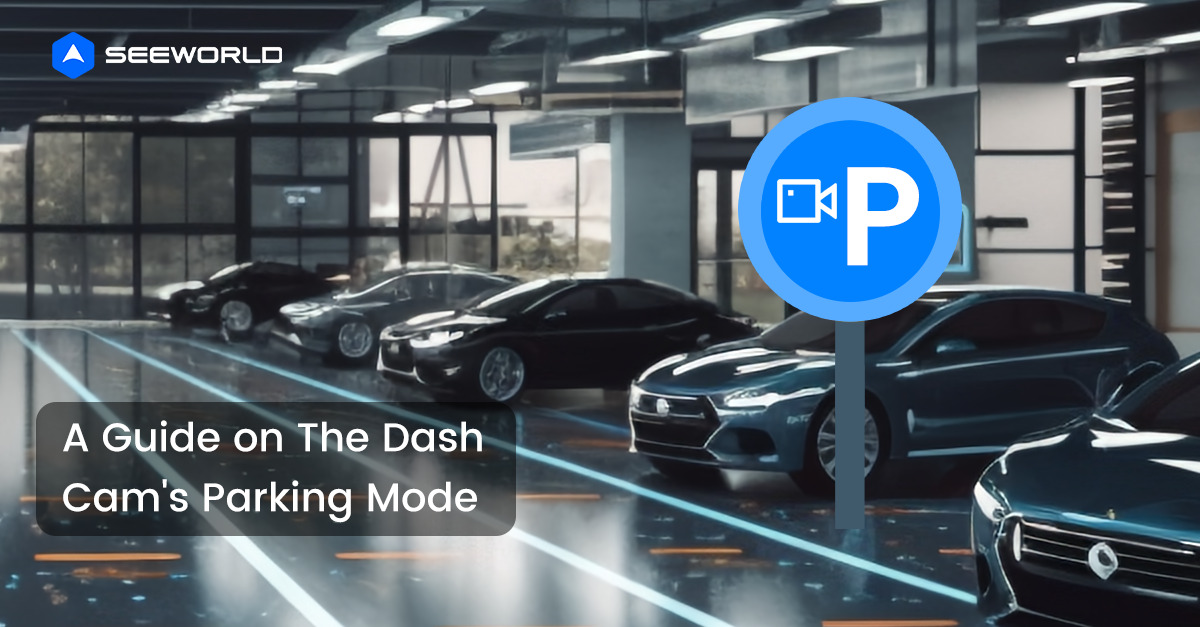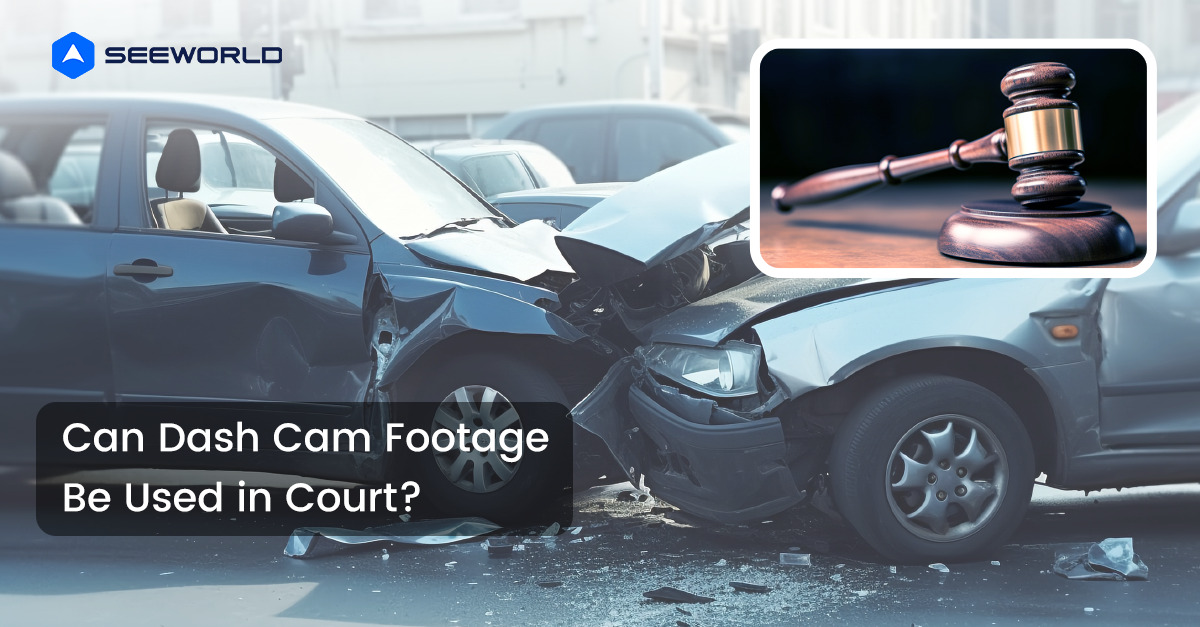These low, mid, and high band frequencies are all usable by 5G technology for transmission. It’s crucial to realize that the frequencies that 5G transmits across do not guarantee that the signal is 5G.
The cellular connection’s technology decides whether it is 5G or not. Additionally, you can only connect to standalone 5G to receive the full 5G experience.
Undoubtedly, 5G has received a lot of attention recently. Major cellular operators have competed against one another, each claiming to have the fastest and most dependable 5G network.
Furthermore, 5G has been identified in the headlines as being a possible risk to aviation safety. What does having 5G connectivity actually entail, given the hoopla surrounding it?
Is it more rapid than 4G? Is one carrier’s 5G network superior to another’s? Is 5G the wave of the future? We need to look at 5G technology more technically in order to really respond to these queries.
5G Technology
5G NR (New Radio) is the fifth generation technology standard published by 3GPP (3rd Generation Partnership Project). The standard protocol was published to create a new global standard that allows for higher speeds, lower latency, and higher capacity compared to 4G LTE networks.
Although 5G is touted as up to 100 times faster than 4G, there are many factors to consider before integrating it into your business strategy. 5G was released in 2019, but that doesn’t mean it was immediately available in all areas.
As of March 2022, the network is not yet fully available in all covered areas. Network operators have had to slowly upgrade their networks, and this process will take years.
New frequency bands have also been opened up for 5G technology. This process of phasing in 5G has required operators to make significant investments in time and money to offer competitive 5G services.
To facilitate the migration from 4G LTE to 5G, there are 5G phases that include non-standalone (NSA) and standalone (SA).
Non-Standalone
Non-Standalone was the first phase of 5G, using both 5G NR and the LTE Evolved Packet Core (EPC). NSA can achieve higher transmission speeds than LTE but does not necessarily offer all the features that 5G technology is truly capable of.
The advantage of this first NSA phase is that consumers can use 5G while operators are still transitioning to 5G Standalone.
Standalone
Standalone 5G works exclusively with the new 5G NR network core architecture. This involves the use of a simplified radio access network (RAN) and a cloud-native 5G core.
In standalone mode, users can enjoy speeds of more than 1 Gbps and lower delay times promised by operators. However, there is another caveat to achieving these blazing speeds, and that is the radio spectrum.
Frequency
As we all know, wireless communications are transmitted through the air via radio waves. Cellular technology uses a wide range of frequencies that are privately owned, and these frequencies are not easily obtained.
These bands of spectrum used for wireless communications are controlled and auctioned by the Federal Communications Commission (FCC) and owned by wireless carriers.
Low-band frequencies can range up to 450 MHz and higher frequencies up to 47 GHz. In general, the lower the frequency, the lower the bandwidth or data transfer rate. The advantage of low-band is range.
By using 5G technology in conjunction with low-band frequencies, providers can cover larger areas with fewer cell towers at moderately good speeds.
The higher the frequency, the higher the bandwidth. However, there are limitations, such as the distance high-band waves travel and the ability to penetrate objects such as walls and windows.
C-band
The C-band spectrum is between 4 and 8 GHz, and this is where the airline debacle lies. This band includes the frequencies where our 2.4 GHz and 5 GHz WiFi operate.
It also includes some spectrum in the 3 to 4 GHz range used by wireless carriers for 4G LTE and 5G in the mid-band range.
The reason for the FAA’s January 2022 safety concerns is that Verizon and AT&T recently acquired a spectrum that falls near the frequencies used by legacy altimeters.
These altimeters are used to show ground clearance when landing in low visibility conditions. After testing the devices and agreeing not to use C-band cellular frequencies within a two-mile radius of selected airports, this problem appears to have been resolved.
Millimeter Wave
One of the most recent spectrum bands, high-band millimeter wave (mmWave), provides very high throughput and incredibly low latency.
It operates in the 24-47 GHz range and has a maximum theoretical throughput of 4Gbps. This could appear to be the best option for fast wireless internet, but as was already discussed, there are significant limitations on penetration and range.
Due to these restrictions, carriers are gradually introducing this technology, starting in crowded locations. In order to get strong coverage inside and around buildings, a large number of additional tiny radios must be placed across cities.
Conclusion
The applications for wireless devices are essentially limitless now that we have considerably expanded the capacity, quadrupled the speed, and decreased the latency of cellular communication.
A 5G network is now able to support the operation of gadgets like drones, driverless cars, and medical equipment thanks to low latency wireless technologies.
Even in remote locations, families and businesses may get fixed wireless internet at high speeds. Numerous IoT sensors may now be deployed for machinery in smart factories and throughout smart cities thanks to high capacity.
Businesses and families may get fast and dependable fixed wireless internet with 5G. Nowadays, even remote locales may get high-speed Internet.
Prior to the introduction of 5G, existing wired internet service providers were either unable to offer all of these services or their speeds were insufficient.
Businesses intending to deploy a 5G strategy need to comprehend 5G technology. Knowing that non-standalone 5G can give some of the advantages that 5G has to offer is crucial, but standalone 5G should be the main focus because it will eventually become the norm.



